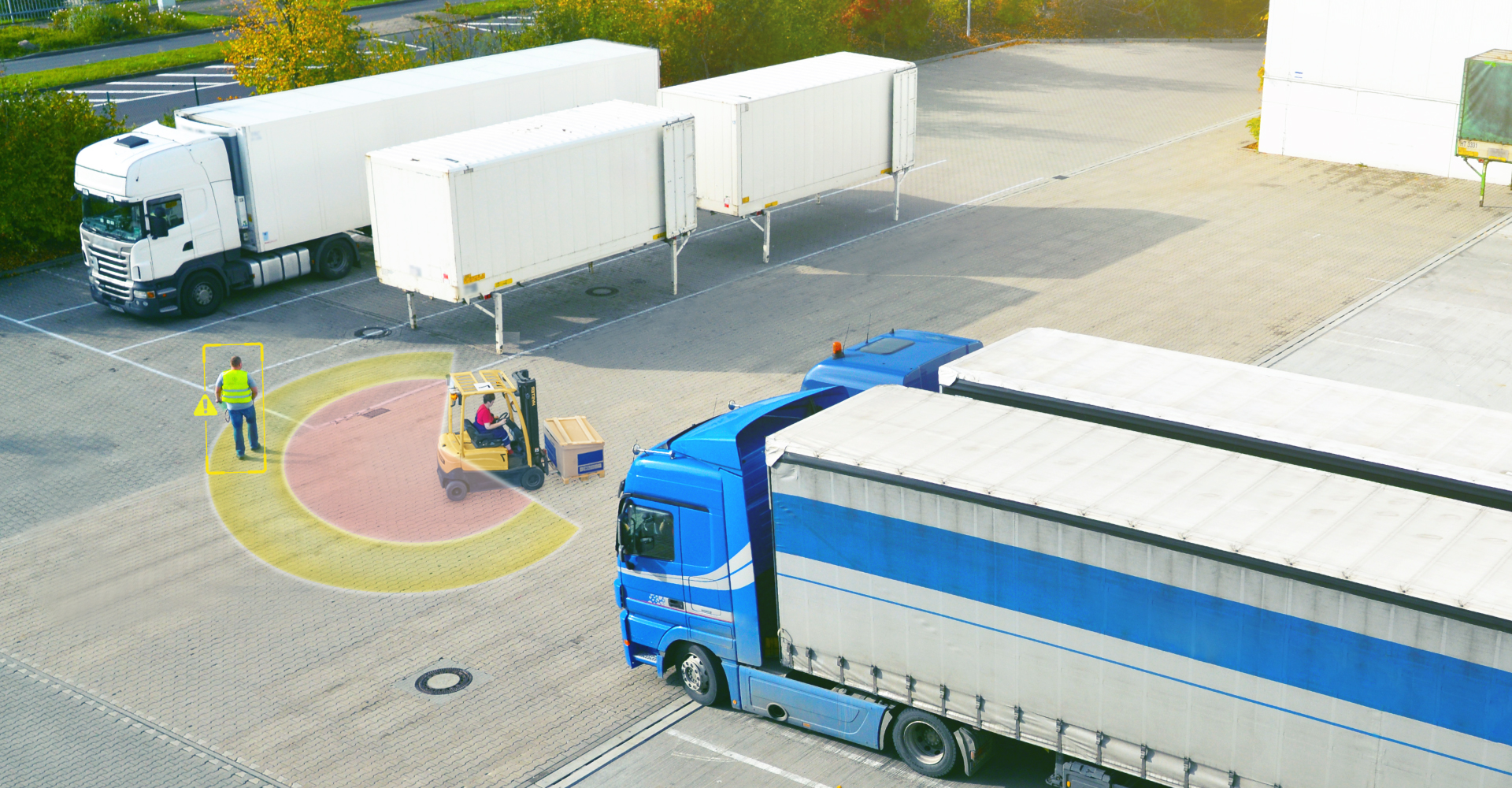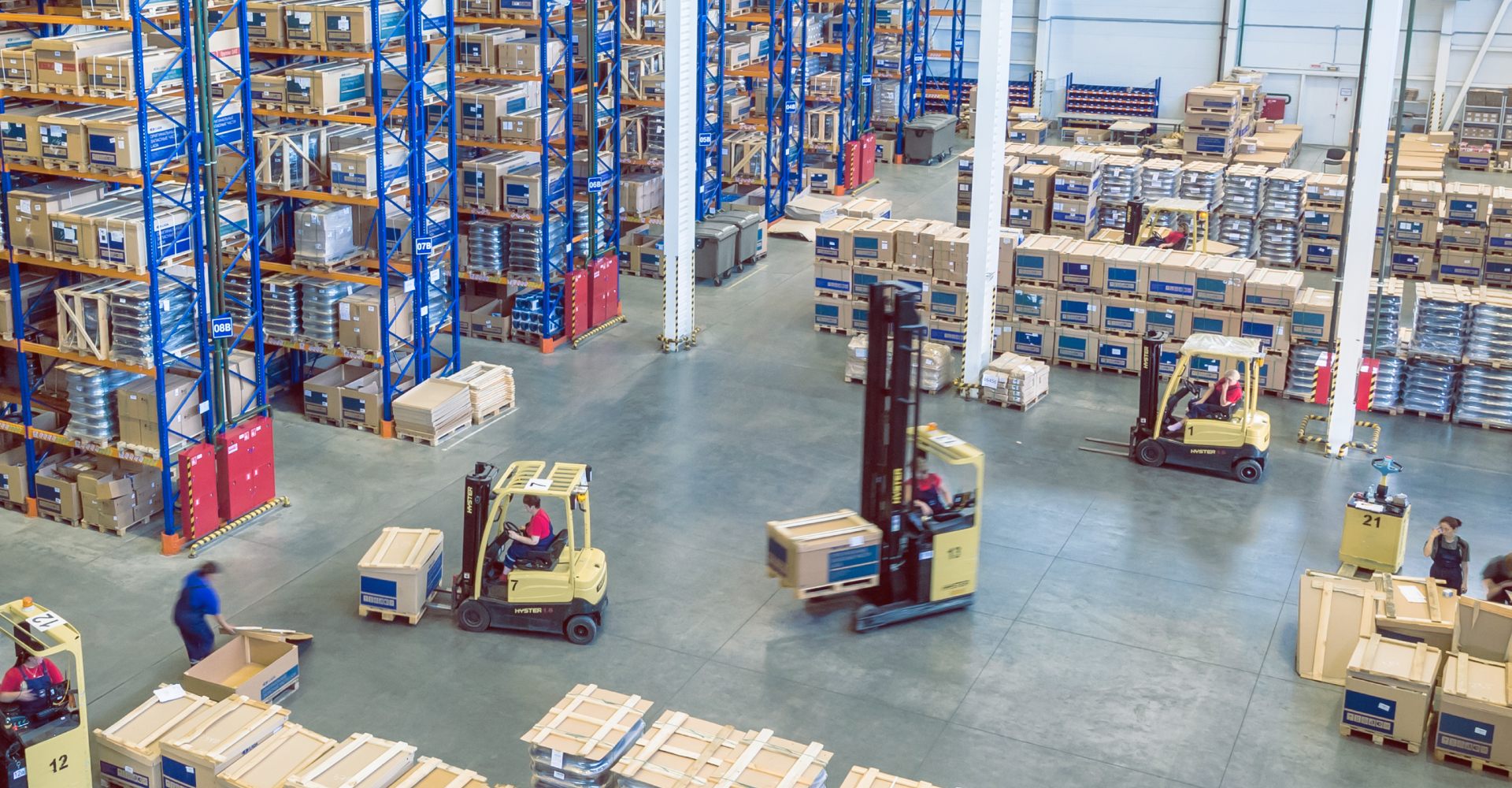Employee stress management is one of the greatest contributors to workplace productivity, safety and job satisfaction. AI-assisted forklifts can help.
One of the side effects of Covid-19 has been a massive, global re-evaluation of jobs and work environments by both employers and employees. While employers grapple with communicating, managing and getting the most out of workers under trying conditions, employees are re-thinking how much their work environment contributes to the stress of their day-to-day lives. In the world of materials handling, safety, productivity and job satisfaction are inextricably linked and new AI-powered technology solutions for forklifts aim to lend a helping hand in reducing stress for both employees and management by alerting the driver when they detect signs of fatigue, distraction, and dangerous behaviors such as smoking and smart phone usage.
More Safety and Security Equals Less Stress and More Productivity
Factory floors and warehouses packed with people, and potentially dangerous heavy equipment, generate additional stresses that impact almost everyone and every task, are a prime place for AI to assist. While white collar cubicle workers share productivity and efficiency stress with warehouse floor workers, they’re not living with the additional danger of potentially incurring or causing physical harm to either themselves or a coworker. Forklift drivers, their managers and coworkers on the busy warehouse floor live with this added stress every single shift.
The ubiquitous forklift – both essential workhorse and leading safety threat – therefore immediately presents itself as the first and most practical beachhead from where to start improving productivity and security in the industrial workplace. Smarter AI-assisted forklifts can be more aware and sensitive to their surroundings, and communicate more effectively with their operators, managers and nearby coworkers. More awareness, increased sensitivity and better communication are foundational principles in improving working environments, reducing stress and encouraging increased productivity.

Where to Begin
Global changes to logistics industries have been forcefully nudged along by Covid-19. Changing geopolitics and economics have put boardrooms and management teams on a state of high alert. Maintaining efficiency and profitability under these trying circumstances requires changes in approach. Improving employee retention, productivity, and skills are no longer simply areas of concern but significant priorities. Achieving those goals while overworked and undermanned at all employee and management levels represent a huge challenge. This perfect storm of global conditions and industry needs presents an opportunity for AI to step in and play a key role.
Evolution or Revolution?
If forklifts are the “tip-of-the-spear” to smarter, safer and more productive work environments, then they are going to need to become a lot more sensitive and smarter with the help of AI.
There are two simple and obvious approaches to smarter AI-assisted forklifts. Firstly, design, build and buy smart, sensitive and connected custom forklifts from scratch or, alternatively, add AI smarts to the giant population of forklifts currently in use. Both approaches have been happening for a while, and notably, both also further benefit from smarter (read as IoT-connected) warehouse buildings, shelves, packaging, products, and staff.
There are scenarios where the scale, complexity and economics of the task warrant new smart-from-scratch AI-assisted forklifts operating in hyper-intelligent and connected warehouses. However, the more practical choice for most businesses already racing along at high speed, with significant equipment sunk costs, is probably to work with their existing equipment and environments. They’ll need to take a more evolutionary approach to a smarter, safer, and more productive work environment where solutions match appropriate gains with suitable investments of time, energy, and money.

The Present and Future are Bright
Mature, industry-ready technology bundles of sensors, computer platforms, displays, algorithms, software, connectivity and cloud options exist today. They’re being packaged and produced in various configurations as AI-assisted safety solutions for heavy equipment, transportation vehicles, specialized industrial machinery, and the ubiquitous forklift.
Current AI-assisted safety solutions are priced and packaged in configurations where investment and productivity/profitability gains are reasonably in sync. However, AI-assisted solutions for the industrial workplace are still in their infancy and choices and decisions made today need to not only address current concerns but also be made with one eye on the fast approaching future. As it is people who are the key to successful operations now and in the future, it is only through helping people that AI has value.
AI in the workplace is a vast and wide technological subject, but at its heart are the people and businesses that will benefit from it. I see a future where people and technology work hand-in-hand and that’s what I’ll be writing about here.
VIA at LogiMAT 2023
We are demonstrating the VIA Mobile360 Forklift Safety System featuring AI-powered people detection and driver monitoring features at LogiMAT 2023, the biggest annual intralogistics exhibition in Europe. To learn more about our plans for the event, please click here.
